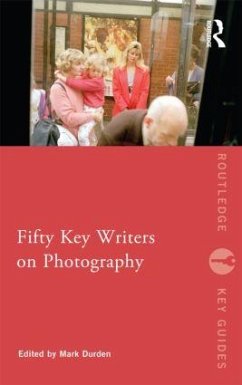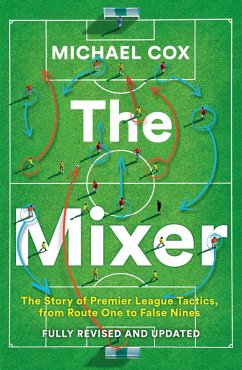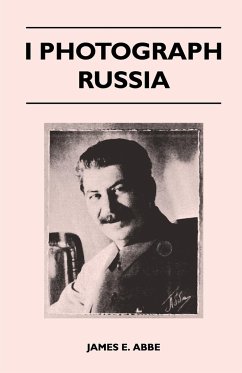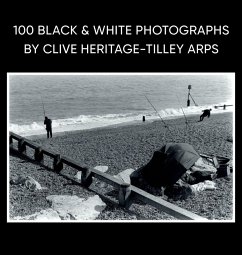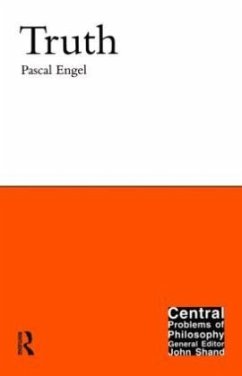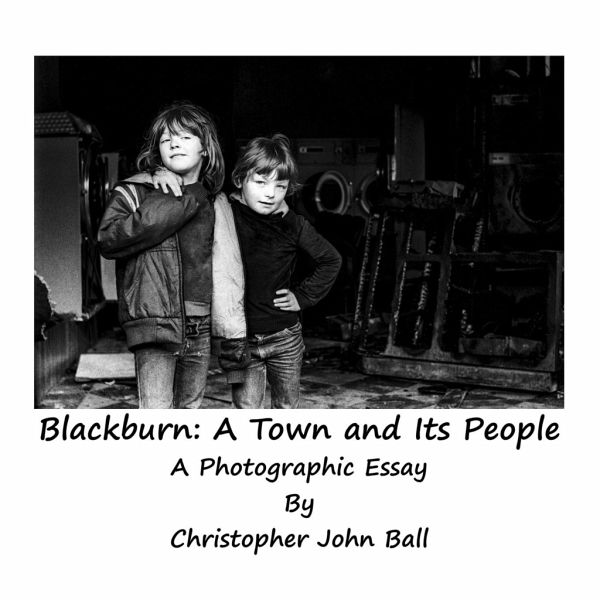
Blackburn
A Town And Its People: A Photographic Essay
Versandkostenfrei!
Versandfertig in 1-2 Wochen
53,99 €
inkl. MwSt.

PAYBACK Punkte
27 °P sammeln!
The approximately 240 photographs within this monograph were made between 1979 and 1989 in the Lancashire town of Blackburn. They capture the essence of the town during this turbulent period, showing Blackburn's industrial heritage, its diverse population and its resilience in the face of change. The photographs also explore themes such as ethnicity, the local economy, labour relations, privatisation, unemployment, recreation, entertainment, politics, landscape and urban regeneration. The book is enriched with personal stories and anecdotes from many of the subjects of the photographs, providi...
The approximately 240 photographs within this monograph were made between 1979 and 1989 in the Lancashire town of Blackburn. They capture the essence of the town during this turbulent period, showing Blackburn's industrial heritage, its diverse population and its resilience in the face of change. The photographs also explore themes such as ethnicity, the local economy, labour relations, privatisation, unemployment, recreation, entertainment, politics, landscape and urban regeneration. The book is enriched with personal stories and anecdotes from many of the subjects of the photographs, providing a unique and intimate glimpse into life in Blackburn in the 1980s. As a disabled photographer, Christopher's identity and work are inseparable. His photographs reflect his unique perspective on Blackburn and its people. From the outset, he intended to create an intimate and personal interpretation, as a disabled artist, rather than a sanitised tourist guide. It would be a chronicle of the effects of the political and social climate of the time on Blackburn and Christopher's journey through it. The first phase of the project, from 1979 to 1985, produced a series of photographs that formed a touring exhibition funded by the North West Arts Council and Blackburn Borough Council. The exhibition, titled "Blackburn: A Town and Its People," opened at the Lewis Textile Museum in Blackburn in 1985. It was opened by Jack Straw, a former government minister and Blackburn's constituency MP, and toured various venues throughout the UK. Christopher continued to photograph Blackburn until 1989, when he left town to attend university. This work, spanning a decade, formed a consistent study of Blackburn. Christopher stored the negatives for the next few decades, but always longed to return to them. In 2015, he embarked on a mission to digitise, restore and archive the original negatives. Over the years, he had lost the names of some of the subjects in the photographs, and he was determined to rectify that. Christopher took to social media to do just that. The response was overwhelming. Many people had never seen the photographs before, and Christopher was able to give them digital copies as keepsakes. In some cases, the photograph was the only one they had of a deceased loved one. Some people were kind enough to contribute a short paragraph of text to accompany their image in the book. This adds a deeply personal touch to the finished work.






